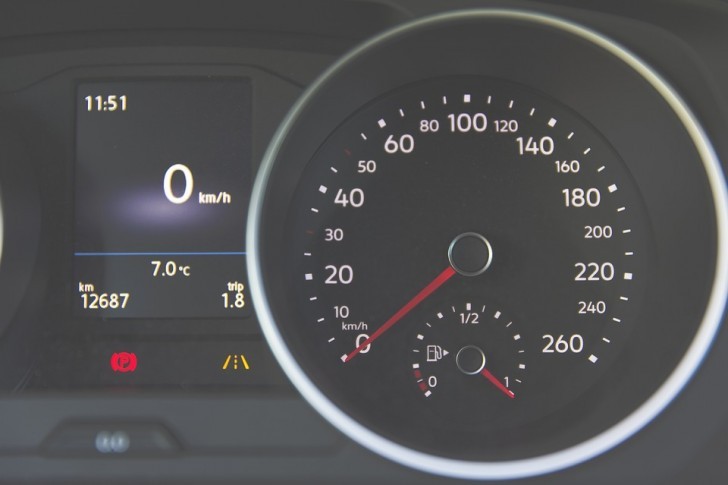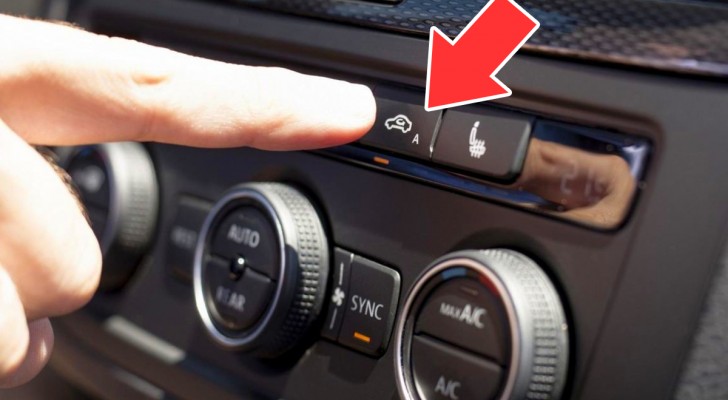7 habits to be abandoned immediately so as not to risk damaging your car

Even if you are among those who pay the utmost attention to car care, if you want to limit as much as possible the risk of having a mechanical breakdown or simply want to make sure that your car stays in perfect condition for years and years, then there are some small precautions that maybe you do not know but that you should start to take, which when added to the most commonly known routine checkups will allow you to have a car that is always in good shape!
Cover Image: Brett_Hondow
1. Do not fall into the habit of putting fuel in the tank only when the fuel gauge indicator is completely red! Even the best fuels have particles that settle on the bottom of the tank and that could damage the engine.
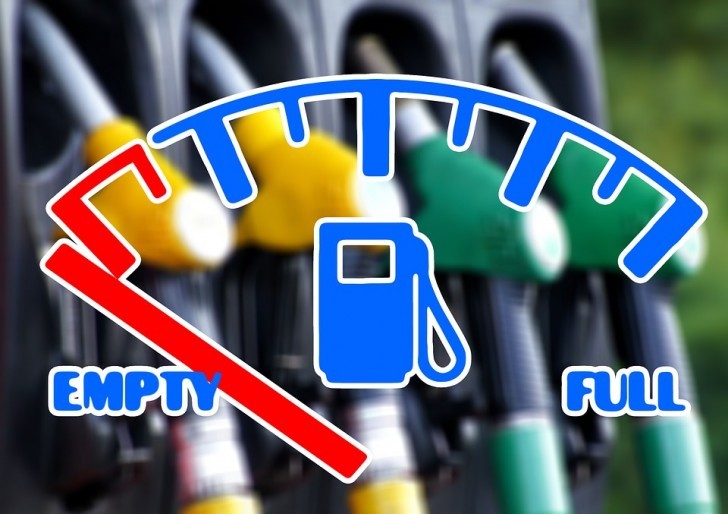
2. If you do not want to risk damaging the car ignition switch, then do not attach to the car key ring, a bunch of keys for other vehicles or places --- in the long run, the weight may be excessive.
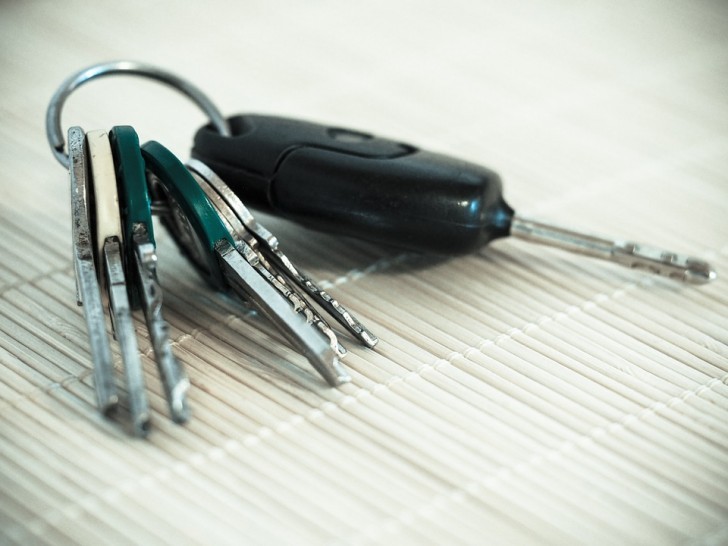
3. When to turn the headlights on and off?
The optimal habit would be to remember to turn on the headlights only after turning the engine on (which could be damaged by a power surge) and turn them off before turning off the engine (this helps to eliminate the risk of leaving them on, especially if you do not have a car that warns you with an acoustic alarm).
4. Do not forget and do not postpone checking the oil and water levels.
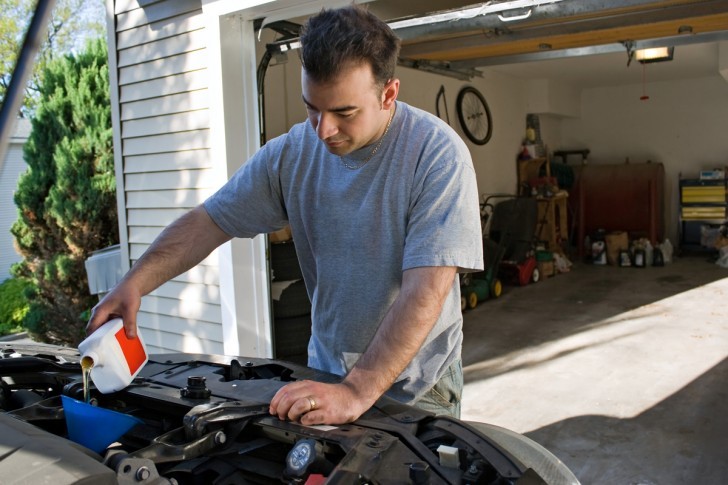
Rely on a digital reminder to make sure you do it at the frequency most suited to your car type and, if you carry out this task yourself, also make sure you never exceed the level indicated on the stick.
5. Remember to check the wheel pressure and the convergence regularly.
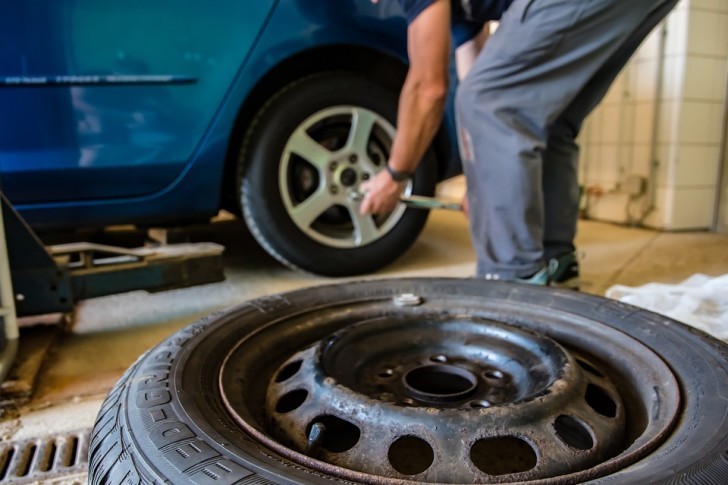
Driving with the deflated wheels not only slows down the car, causing you to consume more fuel, but it also erodes the tires faster.
If you have hit something or someone, do not forget to take the car to a mechanic to ascertain the state of the convergence: not being aware of its alteration could prove harmful in a situation where maximum dexterity is required.
6. If you drive a car with an automatic transmission you must make sure that it is not positioned on "reverse" or "parking" when the car is in motion.

These cars are equipped with digital sensors that should always be able to ignore an incorrect command but it better to be extra careful so as not to give bad luck a reason to play games!
7. Learn to recognize the colors and meanings of your dashboard warning lights and never ignore them when they light up --- later you may regret it bitterly.
